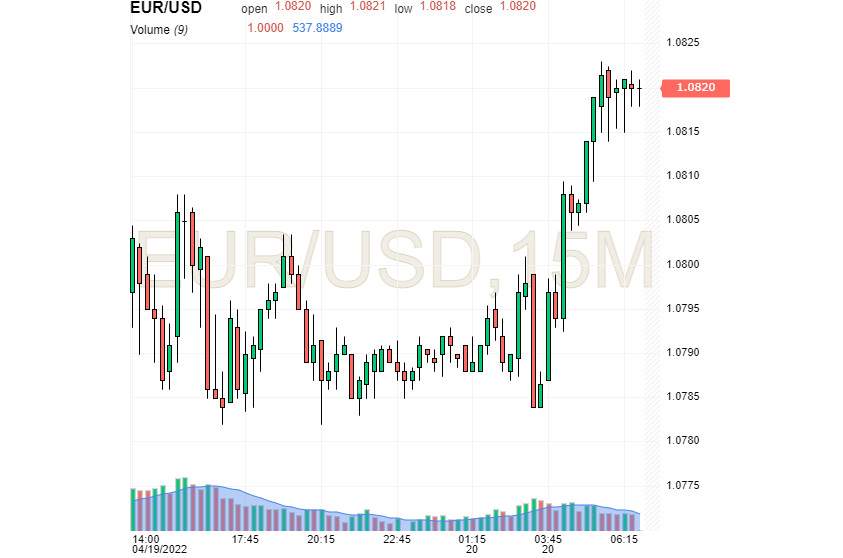Společnost Samsung Electronics oznámila silnou prognózu poptávky po čipech, která bude ve druhé polovině letošního roku záviset na umělé inteligenci. Stalo se tak v době, kdy společnost oznámila více než patnáctinásobný nárůst provozního zisku za druhé čtvrtletí. Oživení cen polovodičů, podpořené boomem umělé inteligence, zvedlo zisk největšího světového výrobce paměťových čipů. Společnost Samsung uvedla, že servery s umělou inteligencí budou ve druhé polovině roku 2024 tvořit větší část trhu s paměťmi, protože poskytovatelé cloudových služeb a podniky rozšiřují své investice do umělé inteligence. Divize čipů vykázala nejvyšší zisk od roku 2022, přičemž explozivní poptávka po špičkových paměťových čipech DRAM a čipových sadách pro umělou inteligenci zvýšila ceny čipů. Přestože společnost Samsung zatím nesplňuje standardy společnosti Nvidia pro čipy HBM páté generace, nechala si schválit HBM čtvrté generace pro použití v méně náročných grafických procesorech. Analytici se domnívají, že agresivního cíle společnosti Samsung, aby čipy HBM3E zaujímaly 60 % jejích prodejů HBM, by mohlo být dosaženo, pokud bude schválení uděleno do třetího čtvrtletí. Společnost Samsung také očekává, že ve druhé polovině roku 2024 vzroste poptávka po chytrých telefonech, a to v čele s prémiovými produkty s funkcemi umělé inteligence.
The single European currency recovered slightly after a strong fall. Now it is trying to develop an uptrend. At the same time, the greenback remains strong despite a short-term decline.
The euro is mainly pressured by two fundamental factors: the difference in the strategies of the European and American central banks and the ongoing Russia-Ukraine conflict. In these conditions, the risk-off sentiment is getting stronger, thus putting additional pressure on EUR. As a result, investors prefer the US dollar which makes it even more attractive as a safe-haven asset.
The difference in the monetary policies of the Fed and the ECB supports the US currency. This is the main factor to determine the trajectory of the EUR/USD pair in the near future. The geopolitical instability is another factor that limits the upside potential of the pair. On April 20, EUR/USD was trading at 1.0820 after recouping its previous losses.

Currently, the euro is trading 12% above the so-called Death Cross chart pattern that has formed over the past month. Against this background, experts see a further decline in the euro/dollar pair in the short and medium terms. A rise in the 10-year Treasury yield is another risk factor for the pair that pushes it into the bear market. For your reference, the yield on the 10-year Treasury note has recently reached 2.9%, its highest level since December 2018.
The US dollar seems to be more resilient compared to the euro. The greenback has managed to withstand both internal and external impact and maintain its leading position. Apart from the geopolitical instability, the current uptrend in USD is sustained by the upcoming monetary tightening by the Fed. The dollar also gains strength from the fact that it is considered a major currency used in international settlements. Experts are sure that nothing can threaten the dominance of the US dollar in the near future.
Expectations of higher inflation also support the US currency. According to Bob Schwartz, senior economist at Oxford Economics, inflation in the US has not reached its peak yet and could accelerate to 9%. In March, the indicator stood at 8.5%. By the end of the year, the inflation rate is expected to decline to 5%, the expert believes.
In this situation, markets will count on the Fed to take a more aggressive approach. The majority of analysts (90%) expect the regulator to raise the rate to 0.75%-1% at its May meeting. This step may help stabilize the EUR/USD pair.